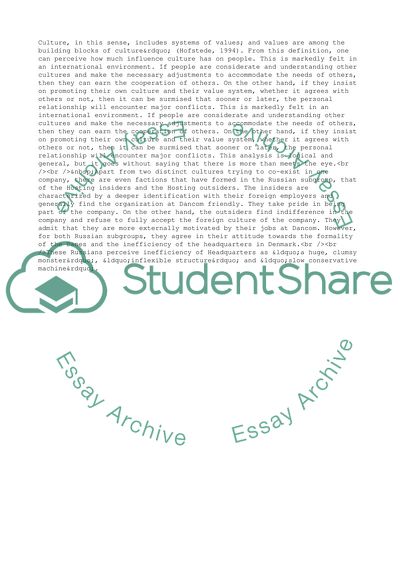Cite this document
(Cross-Cultural Management of Dancom Company Case Study, n.d.)
Cross-Cultural Management of Dancom Company Case Study. https://studentshare.org/management/1717975-cross-cultural-management
Cross-Cultural Management of Dancom Company Case Study. https://studentshare.org/management/1717975-cross-cultural-management
(Cross-Cultural Management of Dancom Company Case Study)
Cross-Cultural Management of Dancom Company Case Study. https://studentshare.org/management/1717975-cross-cultural-management.
Cross-Cultural Management of Dancom Company Case Study. https://studentshare.org/management/1717975-cross-cultural-management.
“Cross-Cultural Management of Dancom Company Case Study”. https://studentshare.org/management/1717975-cross-cultural-management.


